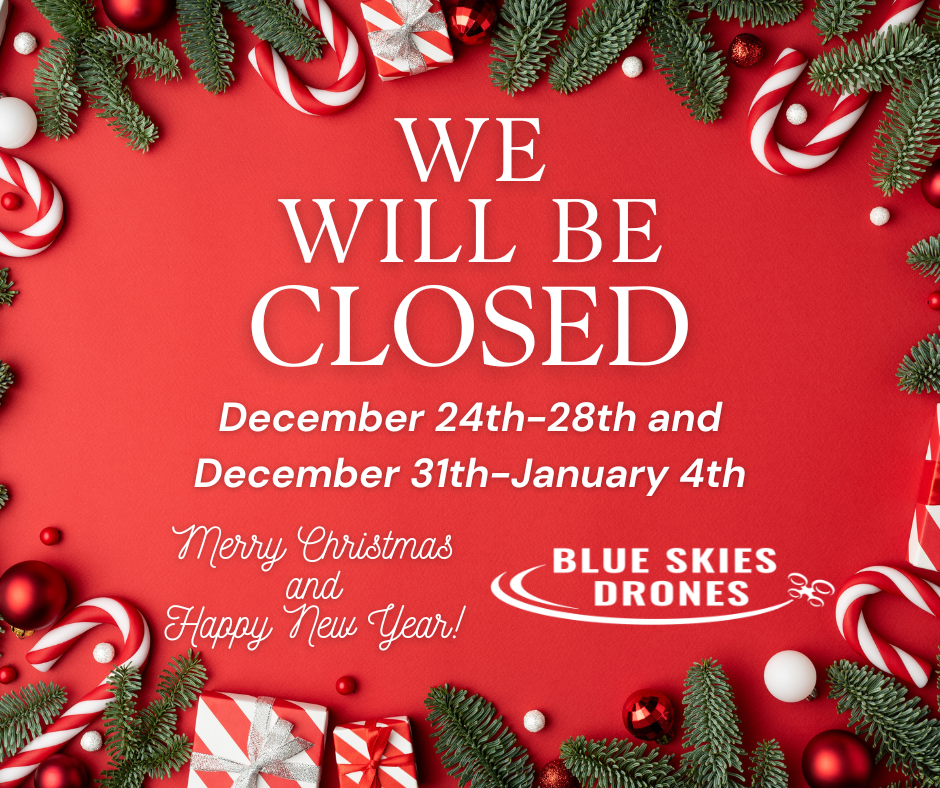Recent developments in technology have made several innovations accessible to small and medium businesses as well as regular consumers. The construction industry, which has a reputation of being one of the least digitized sectors in the world, is seeing a surge in the use of new technology, from exosuits to protect workers to lien management software to protect payment rights.
One innovation that is seeing numerous applications on construction sites today is drone technology. Unmanned aerial vehicles (UAVs), commonly known as drones, have multiple uses in construction. In the bidding and pre-construction phase, they are used to gather data on the current conditions of a future construction site and provide reliable job estimates for accurate bids. In the construction phase, they can track material supplies and other assets, monitor the safety of construction employees, and provide information about the project’s progress. Finally, in the delivery phase, they can provide aerial images that can boost the project’s marketability. They can also be used for thermal imaging to detect leaks, a crucial part of the maintenance of a structure.
Drone technology can dramatically improve your competitive advantage. Here are some quick tips in choosing drones for your construction company.
1. Determine how you are going to use drones
The first step in choosing the right drone is to determine how you are going to use it. This includes not just the jobs you want to use it for but also the climate conditions as well as attachments that you want to go with it.
For construction site surveys, wind and rain are the biggest enemies of drone flying. If you are going to work in a location with frequent weather disturbances, you want a drone that is highly rated for strong gusts and has high-quality cameras. Construction job estimates need accurate data so you also want a drone that can handle payloads such as thermal imaging cameras and LIDARs for site surveys. You also want one equipped with 1080p or even 4k cameras as well as image stabilizers for highly detailed photos.
2. Choose the right software
Making accurate construction job estimates requires accurate data collection. That is why along with hardware, you also want to pick the right software for the job. There are several applications that are critical for the success of your drone flights.
First, you need a flight planning software that can manage flight paths, estimate flight times, and check current drone status. Finally, you need software that can collect and process data. This means getting a stitching software that can connect all of the images gathered into one continuous image as well as measurement tools that turn your data into useful information for use in job estimates. You want software that can be used in the cloud so all members of your construction team can use this data even while they are not on the site.
3. Prioritize ease of maintenance and repair availability
One aspect of drone flying that construction business owners may not be as prepared for as they should be is the maintenance and availability of parts. Anything that can go wrong will go wrong on construction sites, and with the presence of dust, debris, heavy equipment, and unstable conditions, drones breaking down and crashing is inevitable.
It is always good to stick with drone options that are easy to maintain. Look for providers who can guarantee quick repairs and replacements should mechanical failures happen to your drones. You don’t want to risk losing out on a bid just because you are waiting for a parts replacement or drone repair.
Drones are revolutionizing the construction industry as they enable construction businesses to conduct site surveys for job estimates in just a fraction of the time used in traditional methods. Choosing the right drone requires due diligence on your part. As always, it is good practice to take your time in determining your needs and researching the drone that can fit best in your operations.
About the Author:
Patrick Hogan is the CEO of Handle.com, where they build software that helps contractors, subcontractors, and material suppliers with late payments. Handle.com also provides funding for construction businesses in the form of invoice factoring, material supply trade credit, and mechanics lien purchasing.


